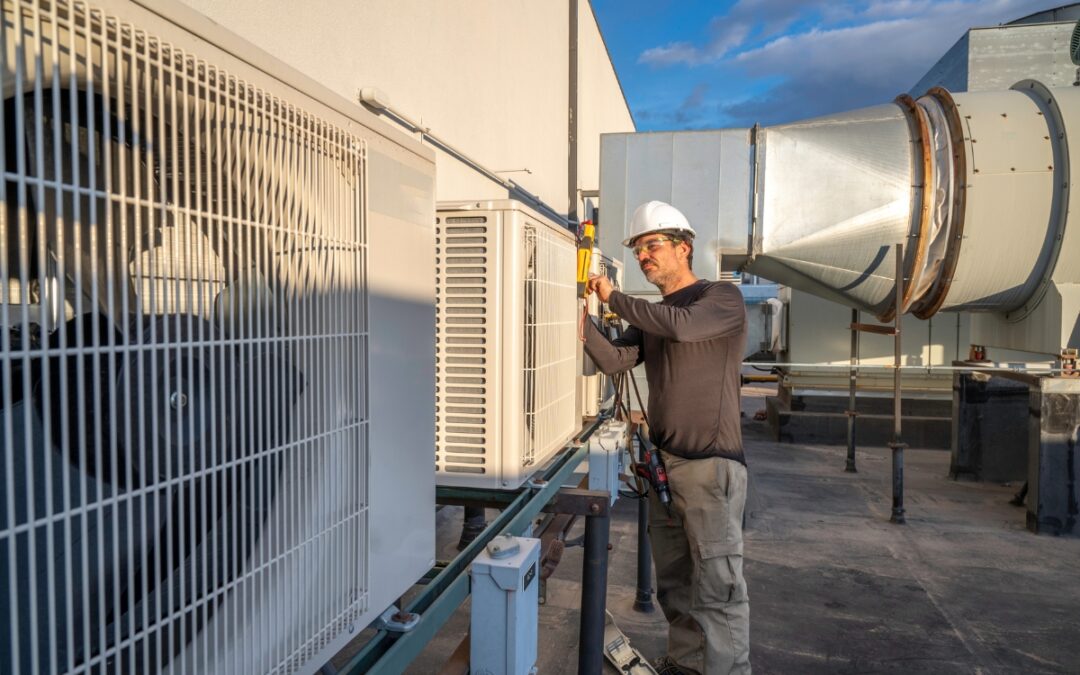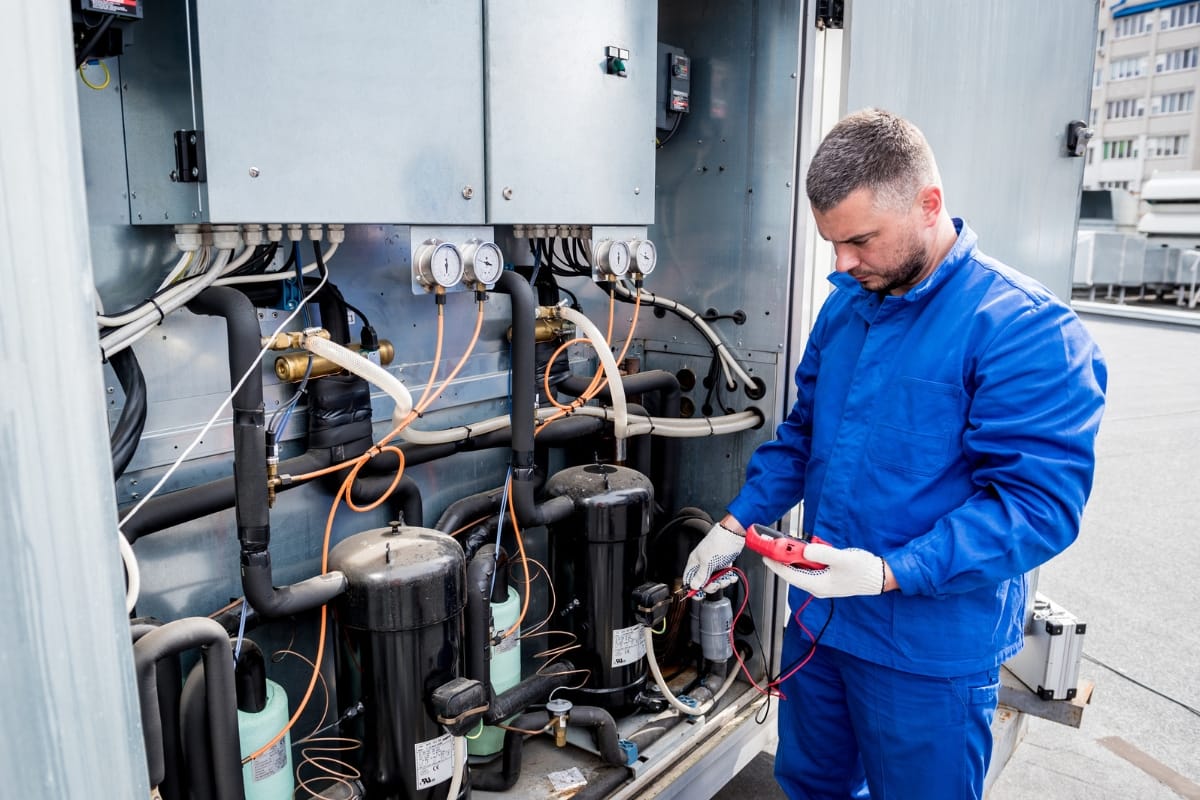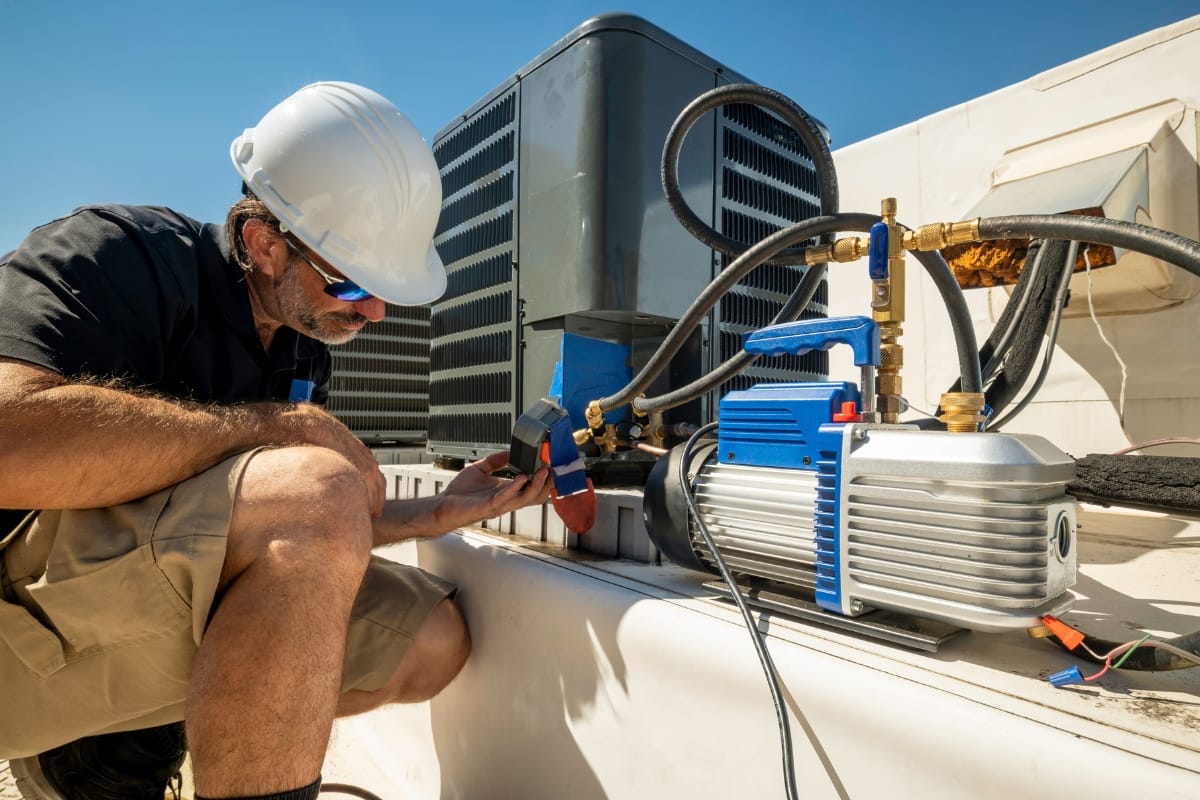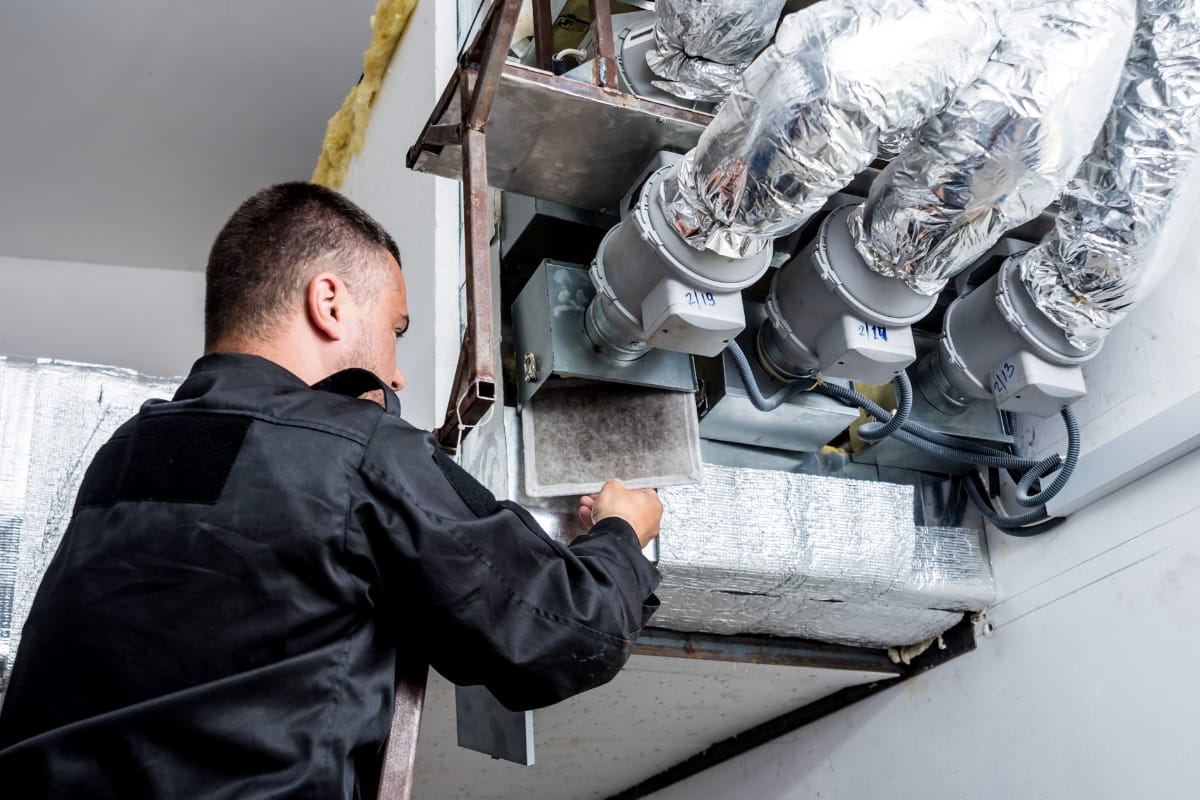As the demand for energy-efficient solutions continues to grow and the need for climate control becomes increasingly important, HVAC technology has been at the forefront of providing innovative solutions to meet these challenges.
In this post, we will unravel the advancements in HVAC technology that are revolutionizing the way we heat and cool our spaces. From smart thermostats and energy-saving sensors to cutting-edge ventilation systems, we’ll explore how these innovations are making heating and cooling more efficient, cost-effective, and environmentally friendly.
Smart HVAC Technology: Are You Ready for the Next Level of Control?
Smart Thermostats: Redefining Temperature Control
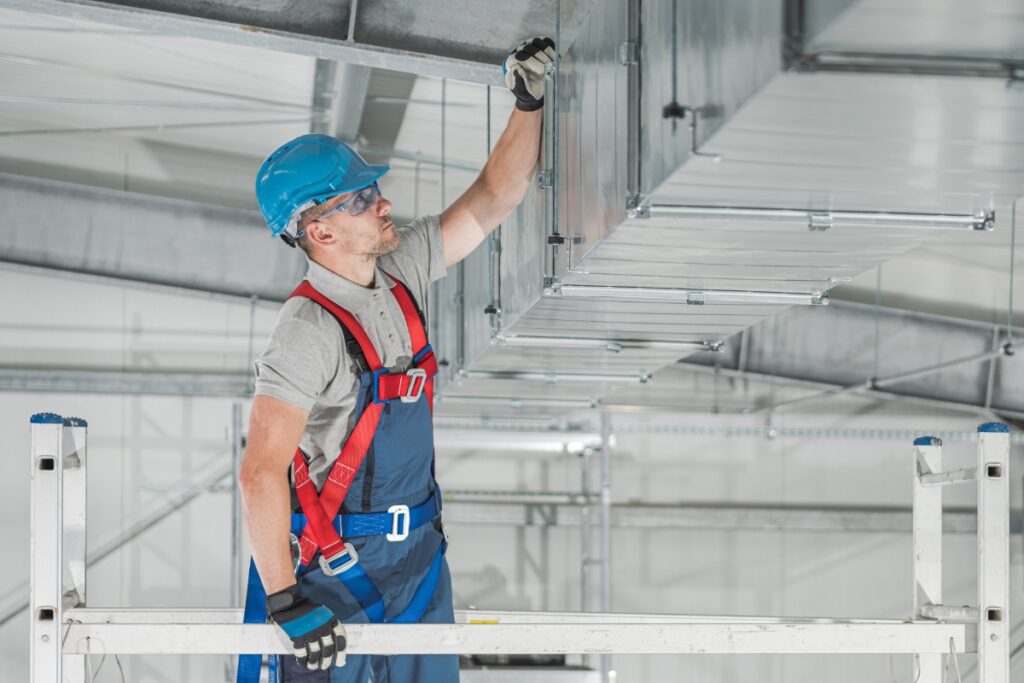
One of the most significant advancements in HVAC technology is the emergence of smart thermostats. These intelligent devices have revolutionized temperature control in buildings, offering a level of convenience and energy efficiency that was previously unimaginable.
Smart thermostats are equipped with sensors and Wi-Fi connectivity, allowing them to learn your preferences and adjust the temperature accordingly. They can be controlled remotely through smartphone apps, giving you the ability to manage your office’s climate even when employees are away.
But it’s not just about convenience; smart thermostats also help save energy and reduce utility bills. By learning your schedule and detecting when employees and staff are away, they can automatically adjust the temperature to conserve energy. Some models even provide detailed energy usage reports, allowing you to track your office’s energy consumption and make informed decisions about reducing waste.
The integration of artificial intelligence and machine learning algorithms in smart thermostats has made them incredibly intuitive. They can analyze data from various sources like weather forecasts and occupancy patterns to optimize temperature settings for maximum comfort and efficiency. With each passing day, these devices become smarter, adapting to your lifestyle and continuously improving their performance.
Energy-Efficient Heat Pumps: A Greener Approach to Heating
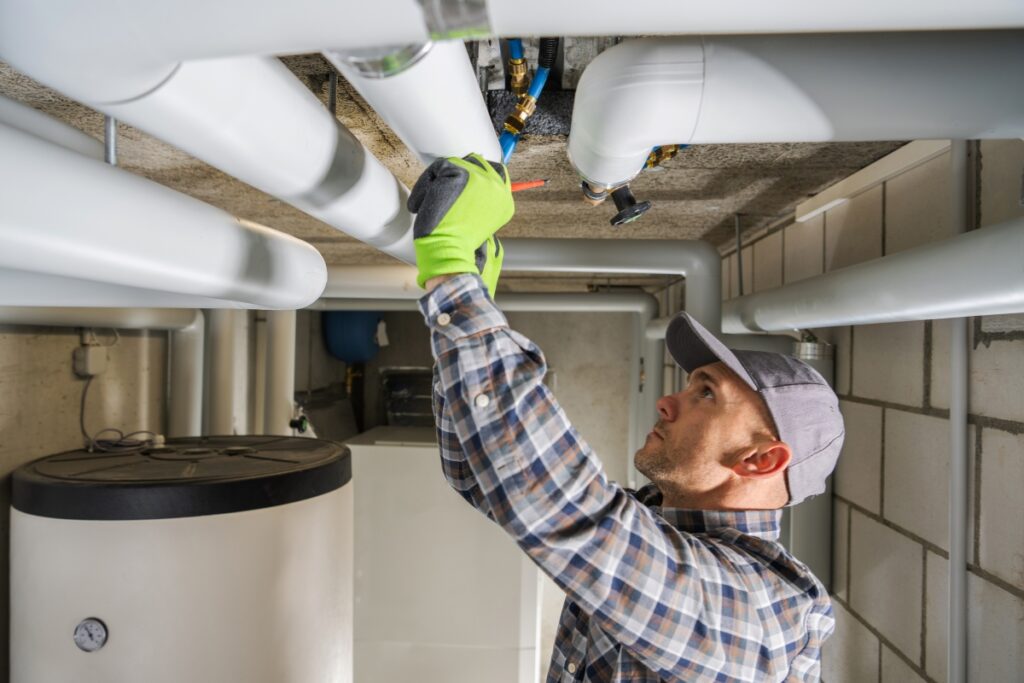
In an era where sustainability is paramount, energy-efficient heat pumps have emerged as a greener alternative for heating offices. Unlike traditional furnaces or boilers that burn fossil fuels, heat pumps utilize electricity to transfer heat from one place to another.
Heat pumps work by extracting heat from the air or ground outside your property during winter months and transferring it indoors. In summer, they reverse this process by removing heat from your office and releasing it outside. This versatile technology provides both heating and cooling capabilities, making it a cost-effective solution for year-round comfort.
Compared to conventional heating systems, energy-efficient heat pumps consume significantly less energy, resulting in lower utility bills and reduced carbon emissions. They can achieve high levels of efficiency by utilizing advanced features such as variable-speed compressors and smart controls that optimize performance based on demand.
Furthermore, some heat pumps are equipped with geothermal capabilities, harnessing the stable temperature of the earth to enhance their efficiency. By tapping into this renewable energy source, geothermal heat pumps can provide even greater savings and environmental benefits.
Ventilation Systems: Improving Indoor Air Quality
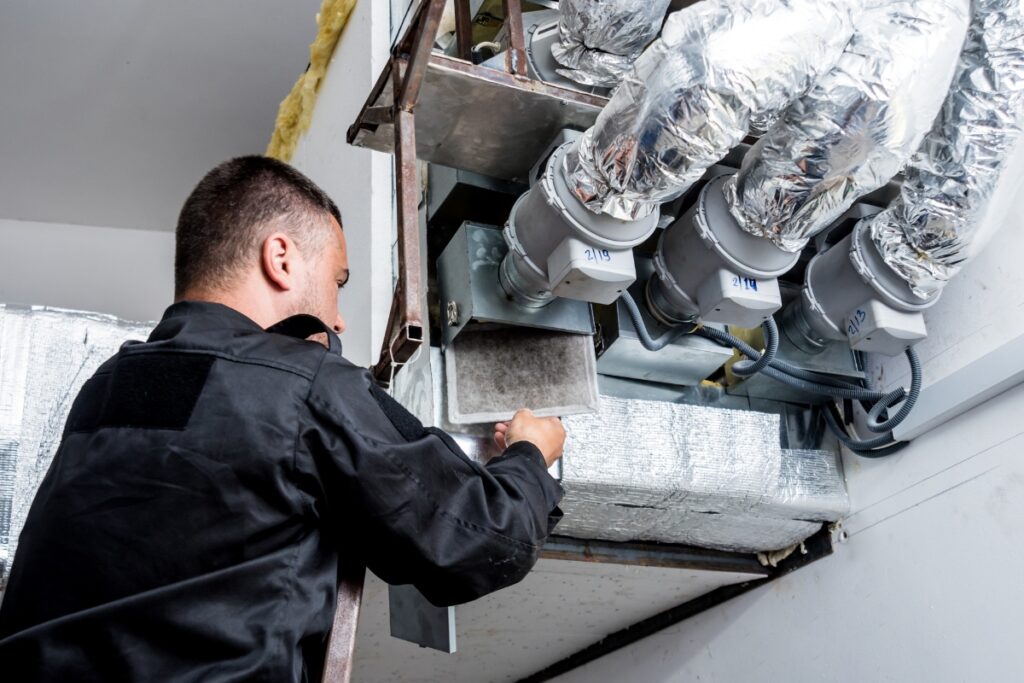
While temperature control is essential for comfort, maintaining good indoor air quality is equally important for our health and well-being. HVAC technology has made significant strides in improving ventilation systems to ensure that the air we breathe indoors is clean and fresh.
Modern ventilation systems incorporate advanced filtration mechanisms that capture dust, pollen, allergens, and other airborne particles. They also feature sensors that monitor air quality in real-time and adjust ventilation rates accordingly. This not only helps remove pollutants but also prevents the buildup of excessive humidity or stale air.
In addition to filtration, some ventilation systems employ heat recovery mechanisms to maximize energy efficiency. These systems extract heat from outgoing stale air and transfer it to incoming fresh air, reducing the need for additional heating or cooling.
Solar-Powered HVAC Systems: Harnessing Renewable Energy
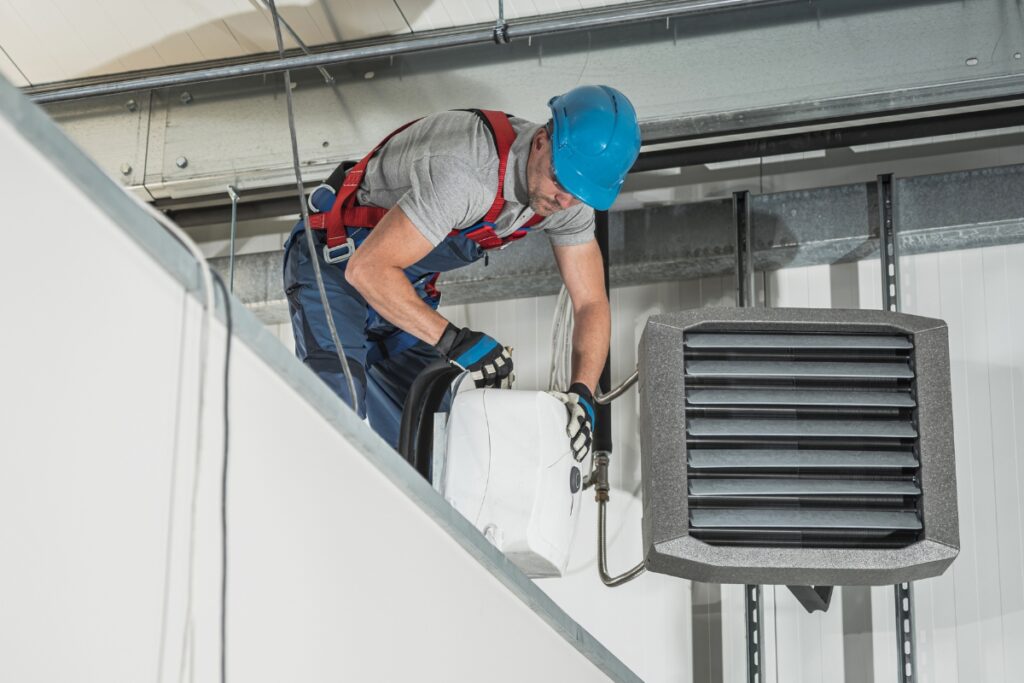
In recent years, there has been a growing emphasis on harnessing renewable energy sources to power our buildings. Solar-powered HVAC systems have emerged as a sustainable solution that combines the benefits of solar energy with cutting-edge heating and cooling technology.
These innovative systems utilize solar panels to generate electricity, which can be used to power various components of the HVAC system. By tapping into the abundant energy provided by the sun, solar-powered HVAC systems significantly reduce reliance on traditional power sources and lower carbon emissions.
Moreover, solar-powered HVAC systems often incorporate energy storage capabilities, allowing excess energy generated during the day to be stored for use during nighttime or cloudy periods. This ensures a continuous and reliable power supply while maximizing efficiency.
IoT Integration in HVAC: The Era of Connected Heating and Cooling
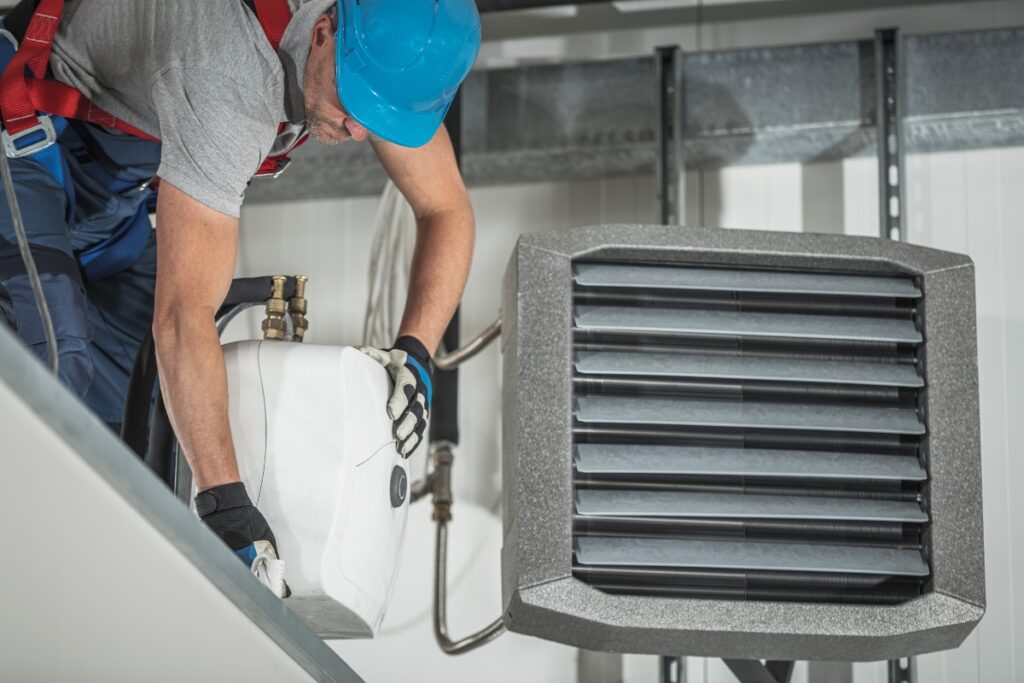
The Internet of Things (IoT) has permeated almost every aspect of our lives, and HVAC technology is no exception. The integration of IoT in heating and cooling systems has ushered in an era of connected devices that work seamlessly together to optimize comfort and efficiency.
With IoT integration, you can control your HVAC system through voice commands or smartphone apps from anywhere in the world. Furthermore, IoT-enabled HVAC systems can communicate with other smart devices in your building, such as lighting or security systems. This synergy allows for intelligent automation that adapts to your preferences and creates personalized comfort zones tailored to each room’s occupants.
Geothermal Heating and Cooling: Harnessing Earth’s Energy

Geothermal heating and cooling systems tap into the earth’s natural heat reservoirs to provide efficient climate control for offices. By utilizing stable underground temperatures, these systems offer a sustainable alternative that reduces reliance on fossil fuels.
A geothermal system consists of a network of pipes buried underground that circulate a fluid responsible for transferring heat between your office and the earth. During winter months, heat is extracted from the ground and distributed indoors; in summer, excess heat is transferred back into the earth.
Geothermal systems are highly efficient and can achieve significant energy savings compared to traditional heating and cooling methods. They also have a longer lifespan and require less maintenance, making them a cost-effective long-term investment.
Ductless Mini-Split Systems: Enhancing Flexibility in Office Climate Control
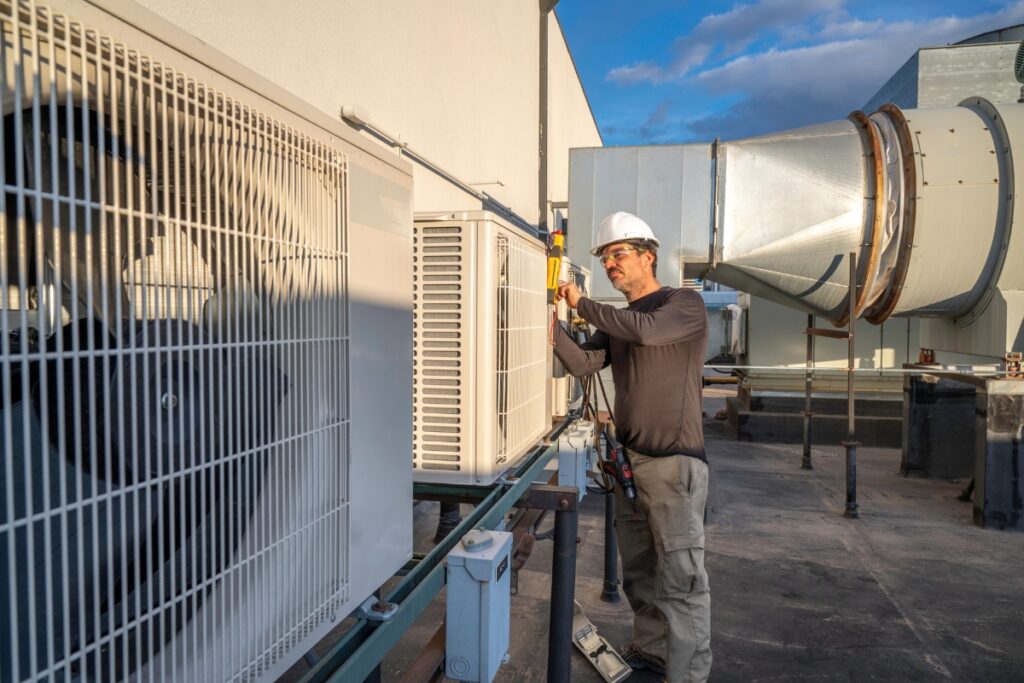
Traditional HVAC systems rely on ductwork to distribute conditioned air throughout your office. However, ductless mini-split systems offer a more flexible and efficient alternative that eliminates the need for extensive duct installation.
A ductless mini-split system is made up of two primary elements, namely an outdoor unit and one or multiple indoor units. These units are linked through refrigerant lines, enabling personalized temperature regulation in various zones or rooms within your workplace.
The absence of ductwork reduces energy losses associated with leaks or inefficient distribution. It also provides greater flexibility in terms of installation, as you can easily add or remove indoor units depending on your needs.
HVAC Automation: Streamlining Comfort and Efficiency
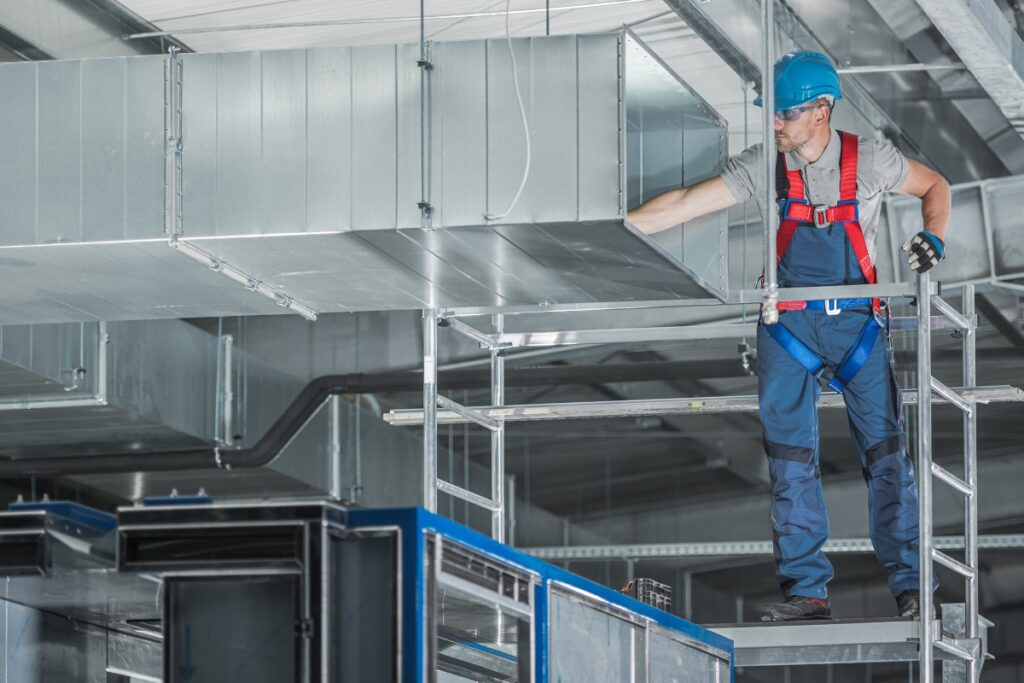
HVAC automation takes comfort and efficiency to new heights by automating various aspects of heating and cooling systems. From scheduling temperature adjustments to optimizing energy usage, automation brings convenience while minimizing waste.
Automated HVAC systems can learn your preferences over time and create personalized schedules that align with your daily routine. They can adjust temperature settings based on occupancy patterns or even detect when people are away from your office to conserve energy.
Sensors placed throughout your building can provide valuable data about temperature, humidity levels, and occupancy. This information is then used by the automation system to make informed decisions about climate control settings, ensuring optimal comfort without unnecessary energy consumption.
Conclusion: Embracing a Sustainable Future with HVAC Technology
The world of HVAC technology is constantly evolving, driven by the need for comfort, efficiency, and sustainability. By embracing these advancements in HVAC technology, we can create spaces that are not only comfortable but also environmentally friendly.
Stay ahead of the curve by embracing the latest innovations in heating and cooling technology with Galgon HVAC & Mechanical Service. Our team specializes in implementing cutting-edge HVAC solutions that optimize energy efficiency and comfort in commercial spaces. Whether you’re upgrading an existing system or exploring new installations, we’re here to help. Contact us today at (404) 352-1500 or fill out our website form to submit a service or quote request.

